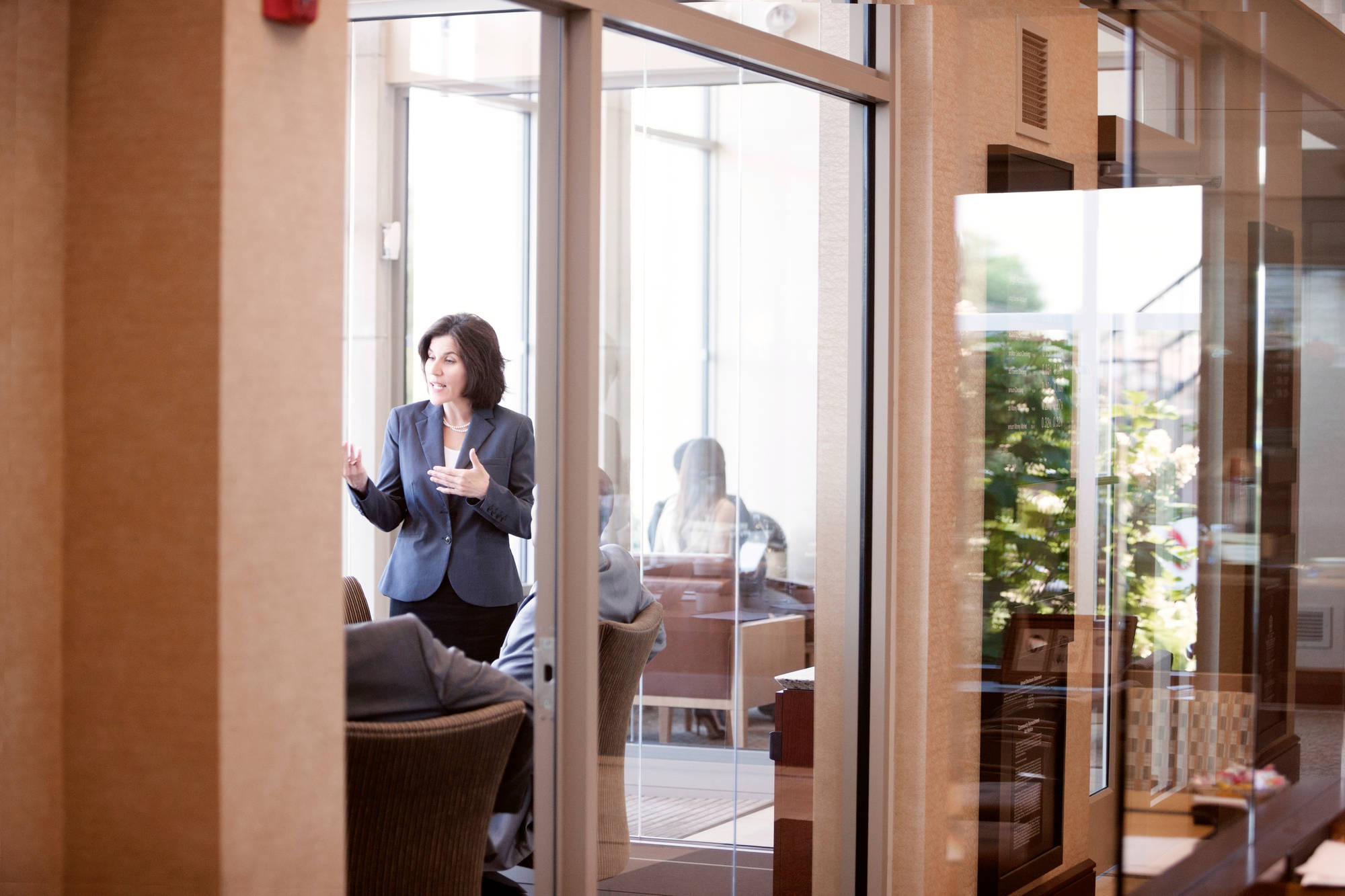Christmas is just around the corner. This is particularly true in the Philippines where come September, the holiday spirit is very much alive and felt. Months before Christmas, Filipinos start to put up Christmas trees and spruce up their homes with decorations. Malls and retailers add to the excitement by offering big sales that are oftentimes hard to pass up.
But for the second straight year, the way holidays are celebrated has changed. The pandemic has indeed ushered a new reality. When the pandemic struck, businesses had to be more agile and forward-looking. Accelerating digital transformation and making work-from-home arrangements work was placed on top of the list of business priorities. Consumers shifted their gaze to e-commerce and digital platforms, and this has since become a welcome development for companies engaged primarily in providing these services.
These changes, coupled with the imposition of lockdowns in certain areas in the country, contributed largely to the way consumers act. Gone are the days when shopping in malls was a good idea. Today, we see a shift in consumer behavior as an adaptive mechanism to health and travel restrictions imposed by the government to quell the spread of the COVID-19 virus.
Lockdowns amid a surge in COVID-19 cases – these are enough to dampen the holiday spirit, and businesses share the same sentiment. The retail real estate industry has borne the brunt of the pandemic and the decrease in number of shoppers in physical stores. The implications of the pandemic were wide scale. In terms of vacancy rate, Colliers International Philippines earlier forecast that the figure has reached 14%. This is comparable to vacancy rates recorded during the 1999 Asian Financial Crisis. Despite the reopening of some physical retail shops in the early part of 2021, the figures are still far from those posted before the pandemic. This is directly attributable to the public’s apprehension to go out of their homes to shop.
According to the Top 100 Retailers in Asia 2021 report by Euromonitor International, the retail industry is set to see sales return to pre-pandemic levels not by the end of this year, but by 2022. This is on the back of a delayed recovery in the Philippine retail industry which has seen a more slow-paced pivot compared with its Asian neighbors.
The Philippine Retailers Association also quipped that following a new round of lockdowns that have been imposed this year, it is pushing back positive projections on recovery at least until 2022. It cited that growth in the industry will probably be seen in 2023.
A few months before Christmas and amid another lockdown, consumers have become more in tune with purchasing holiday essentials online. This has put retailers with physical shops in a quandary as to how they can cut losses and improve sales.
New reality, new solutions
Property experts have provided a good idea for retailers operating physical shopping spaces. They propose converting these outlets into other facilities like co-working and data centers, or even micro-warehouses. By giving retail spaces alternative uses, occupancy rates can be improved. On the plus side, retailers can recover part of revenue losses. This is good news for shopping malls which can consider reconstructing a portion of their unused spaces for purposes other than traditional shopping outlets.
Go digital
They say that if you can’t join them, beat them. However, in this situation, if you can’t beat ‘em, you might as well join ‘em. Retail businesses may be guided by this new objective when it comes to boosting their digital presence alongside online businesses. As more consumers now opt to make purchases in the comfort of their homes, this new attitude has prompted businesses, old and new, to go virtual in their business transactions. People now prefer to buy from stores that have a strong online presence and those which use contactless and cashless transactions.
The trick is to go with the flow and adapt to changing consumer mindset - and going digital to boost sales is a good way to boost revenues. The growth in online transactions is also the main factor driving more people to put up their own online businesses. In fact, the Department of Trade and Industry (DTI) has intensified its e-commerce initiatives to help business owners, particularly Micro, Small and Medium Enterprises (MSMEs) to thrive in the new normal. Among them is the “Sugbo Negosyo” initiated by the provincial government of Cebu with the DTI and the Mandaue Chamber of Commerce and Industry (MCCI) as partners. In 2020, they organized a micro-business aid program which extended a helping hand to small businesses by giving them starting capital. This year, the Cebu provincial government, the DTI, and the MCCI organized an exhibit to showcase the products of the beneficiaries of last year’s program.
Another initiative, this time from the private sector, was rolled out early this year. The Davao City Chamber of Commerce and Industry (DCCCI) partnered with an e-commerce firm where the latter provided training on online selling to members of the DCCCI. The program also delved on basic principles in product photography and live-streaming, as well as effective market strategies. Another program will be held to include Davao-based businesses.
Boost omni-channel ventures
The e-commerce industry has seen a significant boost during the pandemic, and the retail industry can also reap the same benefits by tapping on e-commerce and streamlining their omnichannel strategies. In a nutshell, omnichannel marketing is a sales approach that aims to give consumers a more integrated shopping experience. It means making use of an organization’s different channels and platforms like physical stores and websites to support a seamless brand and product experience. The idea behind omnichannel marketing is that businesses must be able to catch the attention of consumers across different platforms by offering a consistent experience. This is because consumers are not just purely physical shoppers but virtual shoppers as well.
Businesses must first know their customers and from there, look at their spending habits and the channels they frequently use in making their purchases. Use data gathered in coming up with new strategies that can drive business growth. Also, it is crucial to choose the right marketing tools that can best implement new business strategies.
It’s just a few months before Christmas. While the light at the end of the tunnel is not yet in sight, organizations can turn the situation in the new normal around to their advantage. This can be done by adopting a new mindset and a host of improved strategies to catch the attention of consumers. For now, staying resilient and innovative is key. It’s just like the old saying which goes, “stop waiting for the light at the end of the tunnel and light it up yourself”.
As published in The Manila Times, dated 29 September 2021




